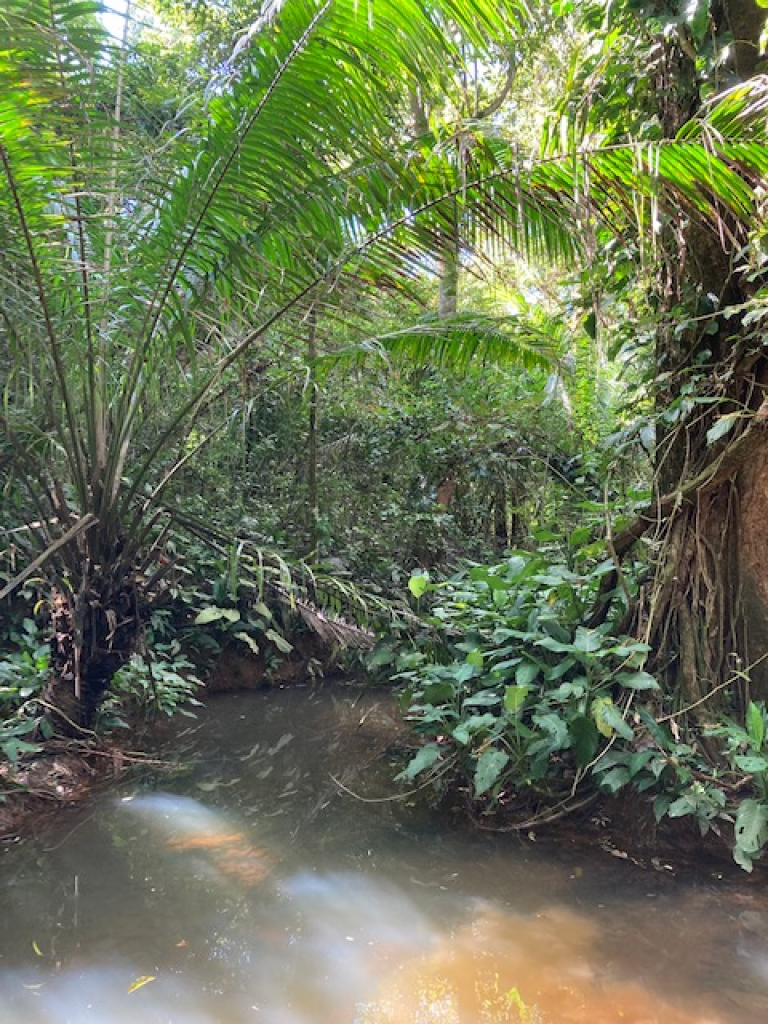There are a number of available financial instruments for biodiversity, such as biodiversity certificates, bonds, eco-accounts, credits and offsets, as well as conservation banking and impact investing. In this post, I am going to present biodiversity certificates, conservation bonds and impact investments.
Biodiversity certificates
A well-known example of biodiversity certificates and trading is the Malua BioBank in Malaysia. Launched in 2008 it was a partnership between New Forests (Australian real assets investment manager), Equator LLC (US-based asset manager), Eco Products Fund LP (daily operations manager) and the local government of Sabah. The goal of the initiative was to protect 34 000 ha of formerly logged forests providing a buffer between lowland virgin tropical forests and palm oil plantations[i] and safeguarding among others, species such as orangutangs, pygmy elephants and clouded leopards.
Eco Products Fund LP created a private equity vehicle, through which 10 million USD were committed for restoration work between 2008-2014. The biobank generated and traded credits from the restoration activities where Biodiversity Conservation Certificates were sold at 10 USD/certificate, and represented 100 m2 of restored and protected rainforest. The certificates were registered, traded and retired through TZ1 Limited global registry (later acquired by Markit Environmental Registry), thus providing traceability.
The project succeeded well with its conservation goals but was unable to create enough predictable demand to achieve financial viability. Being a pioneer in its approach, the initiative has struggled with being associated with for-profit investments, as well as with an immature market[ii].
Conservation bonds and impact investments
Conservation is often funded by results, for example area or species protected. Impact investing is a category of private capital investment which seeks to achieve a measurable social or environmental benefit in addition to monetary returns. In this section, I will explore examples of impact investments successfully implemented in California’s water supply and habitat restauration projects, and Rhino Bonds in South and Eastern Africa. Both of these examples are clearly addressing environmental and social problems through involving private capital. Pay for success, or pay for performance, in an innovative approach to contracting that allows private investors to finance projects that are designed to meet a goal identified as a priority by a government agency.
Government agencies may benefit from working with private impact investors and having them deliver outcomes related to the agencies’ natural resource goals. State agencies may have a predictable source of future revenue to invest in a program, but face a high opportunity cost by only being able to fund a small amount of activity each year. Investors can help provide upfront capital for much larger projects that a state agency could otherwise afford. The invested capital will be paid back over time, similar to public or municipal bond, but unlike a bond, the capital will be paid back only if the project is successful. There are many examples of such projects from US, for example, clean water services in Chesapeake Bay in Maryland; new impact investment policy for outcome-based performance contracts in Lousiana; Nevada’s Conservation Credit System; and California’s water supply and habitat restauration. In California, management of the two main water systems, the Central Valley Project and State Water Project, is crucial for water supply to one of the world’s top food producing regions. In order for the state to expand, improve and continue operation of this water infrastructure, it needs to offset impacts to habitats and endangered fish by improving ecosystems nearby. Therefore, California’s Department of Water Resources has funding to begin the restoration of more than 4 000 ha of tidal wetlands to address requirements for fish conservation. Since 2016, the agency has used an innovative financing structure to the restoration by applying Requests for Proposals, which is one of the first pay for success contracting approaches in conservation in California[i].
Paying for results may work for protection of existing ecosystems, or restauration of habitats according to well-defined criteria, but it is more difficult when there is a time lag between actions and outcomes. Also, there is always a risk of non-delivery – protecting an area doesn’t automatically mean species will be protected.
Rhino bonds
The world’s first wildlife conservation bond (AAA-rated), aimed at raising funds to grow population of endangered black rhinoceros in South Africa has been launched by World Bank, International Bank for Reconstruction and Development (IBRD), with Credit Suisse Group AG as advisors in 2021. The security is running for 5 years and at 45 million USD. Returns for investors are determined by the rate of growth of the population of the animals in two South African reserves, and is set at 4% net increase as a goal[i] [ii]. Under the terms of the rhino bond, investor receive their original capital and an additional payout depending on how much the rhino population has grown over 5 years.
The rhino bond has been incepted already in 2019, with essentially two fundraising processes, the last was launched in 2021. First, to identify investors to take initial risk for conservation performance, and second to fundraise from conventional development donors to pay back the investor if the project is successful. There are several learnings36 from the Rhino Bond project that are important for any biodiversity conservation project:
- Biodiversity data challenges: there were problems with finding and agreeing to articulate what the baseline is and what the conservation impacts might be. It took time to reach a consensus.
- Cost variations leading to a portfolio approach: as a result of limited benchmarks, it was difficult to assess and agree on various cost estimates between the private and state sites. There were also cost implications of generating a unit of biodiversity, and lack of transparency about management of biodiversity.
- Misunderstandings about impact bonds: Whose outcomes would count as successes and who would receive payments?
- Stigma attached to deriving revenue from animals/nature.
The Rimba Collective
Another new initiative, initiated by Lestari Capital in 2020, is the Rimba Collective[i] which aims to be the largest private-sector led conservation initiative in South East Asia targeting at 500 000 ha of conservation and restauration and 1 billion USD of conservation finance secured for conservation projects over 25 years. The Rimba Collective claim that they apply performance-based payments with independently verified conservation outcomes by among others Plan Vivo, VSC and CCBS (see below on VCS an CCBS). Compared to the Rhino Bonds, which are laser focused on restoration of one species, the Rimba Collective is focusing on forests and peatlands, thus having a more landscape focus.
[i] Lestari Capital, Rimba Collective. https://lestaricapital.com/mechanisms/rimba-collective/
[i] Bloomberg Green, World’s First Wildlife Bond to Track Rhino Numbers in Africa, https://www.bloomberg.com/news/articles/2021-03-24/world-s-first-wildlife-bond-to-track-rhino-populations-in-africa
[ii] World Bank Group, Rhino Impact Investment Project, Project Update and Introduction to the Rhino Impact Bond concept (2019), https://thedocs.worldbank.org/en/doc/49caf26b6ee673473cb4803ced091c19-0320072019/original/PStock-OWithers-GJeffries-Project-Update-and-Introduction-to-the-Rhino-Impact-Bond-Concept-02-27-19.pdf
[ii] Caggiano T., Male T., 2017 (p 4) Environmental Policy Innovation Center, Conservation & Impact Investment, Leadership by Louisiana, California, Maryland and Nevada in creating outcome-based opportunities for private investment in natural resource restoration and protection.
[i] Malua BioBank, information from New Forests homepage, https://newforests.com.au/malua-wildlife-habitat-conservation-bank-launches-in-sabah-malaysia/
[ii] Halley M., 2015 (p 6), Background paper for State of the Apes: Industrial Agriculture and Ape Conservation. Cambridge University Press, Arcus Foundation. https://www.stateoftheapes.com/wp-content/uploads/2016/03/New-Forests’-Malua-BioBank-Initiative.pdf?x15318




